

Blog
Requirements in federal, state, and local accessibility laws and codes account for a wide range of disabilities, including vision impairments. One of the most important design considerations for people with vision impairments is eliminating projections into the circulation path.
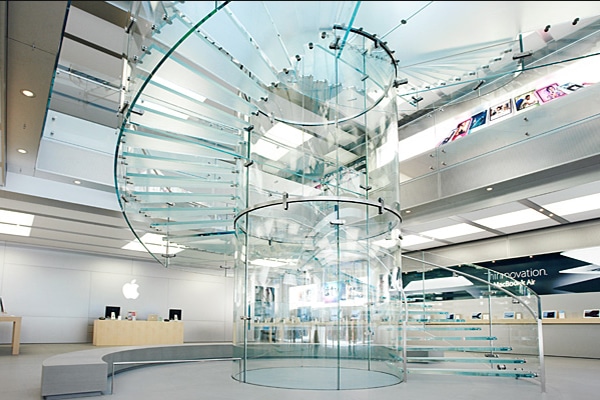
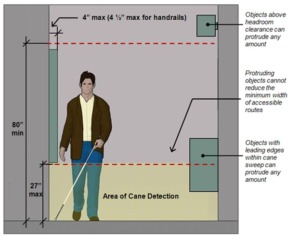
When most people think about accessible design, the first thing that comes to mind is designing for people in wheelchairs. However, there’s a lot more to it than that. Requirements in federal, state, and local accessibility laws and codes account for a wide range of disabilities, including vision impairments. One of the most important design considerations for people with vision impairments is eliminating projections into the circulation path. Objects projecting from walls or other fixed elements can pose a hazard if they do not meet certain requirements. Any object that extends more than 4 inches into the circulation path between 27 and 80 inches above the finished floor is considered a protruding object and must be protected by a fixed cane detectable barrier installed below the object.
There are many ways to provide adequate protection at protruding objects and our accessibility consultants are always keeping an eye out for accessible design solutions that look like they were an intentional part of the design, rather than an afterthought. Here are just a few of the more successful and aesthetically pleasing examples of cane detectable barriers that we have come across…
Drinking fountains are common protruding objects found along circulation paths. Installing fountains in an alcove or providing a fixed barrier with the bottom edge located no more than 27 inches above the floor to one side of the fountain are possible solutions.
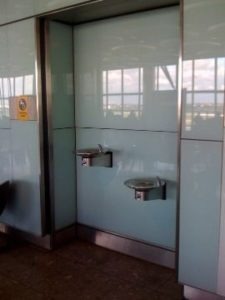
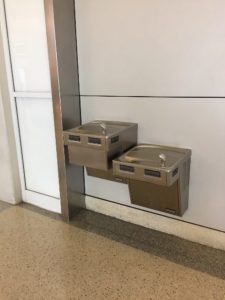
Below open stairs, headroom clearance will be reduced to less than the required 80 inches AFF. To provide headroom protection where the vertical clearance below the open stairs is less than 80 inches, a barrier must be installed.
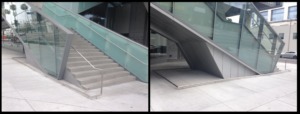
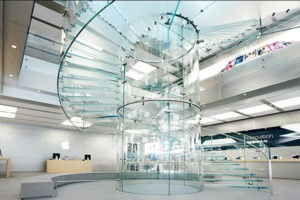
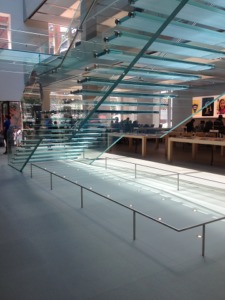
Cantilevered countertops with the bottom edge of the counter mounted more than 27 inches AFF are another common protruding object. This condition can frequently be found at bars, drink ledges, and counter seating, as well as amenity kitchen islands and peninsulas.
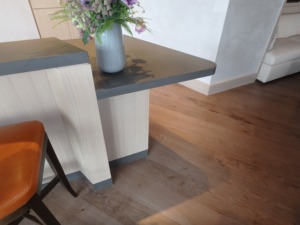
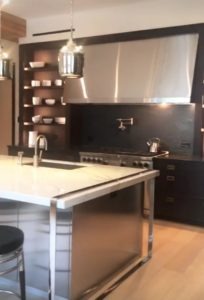
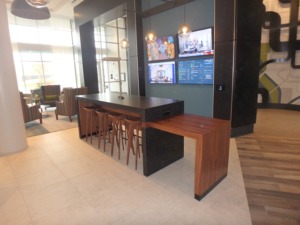
We’re here to help! Contact us to learn more about our accessibility consulting services.
Peter Stratton